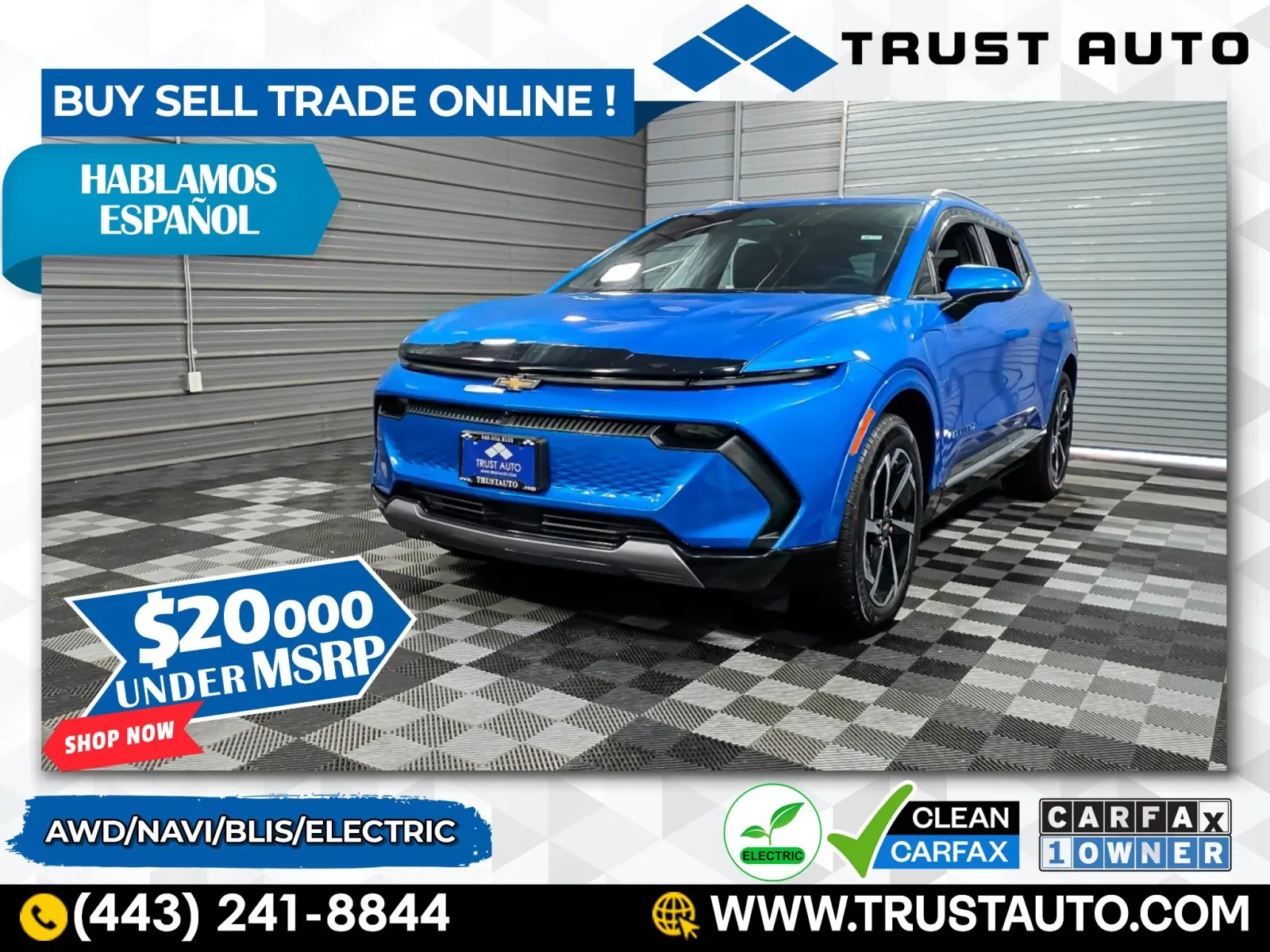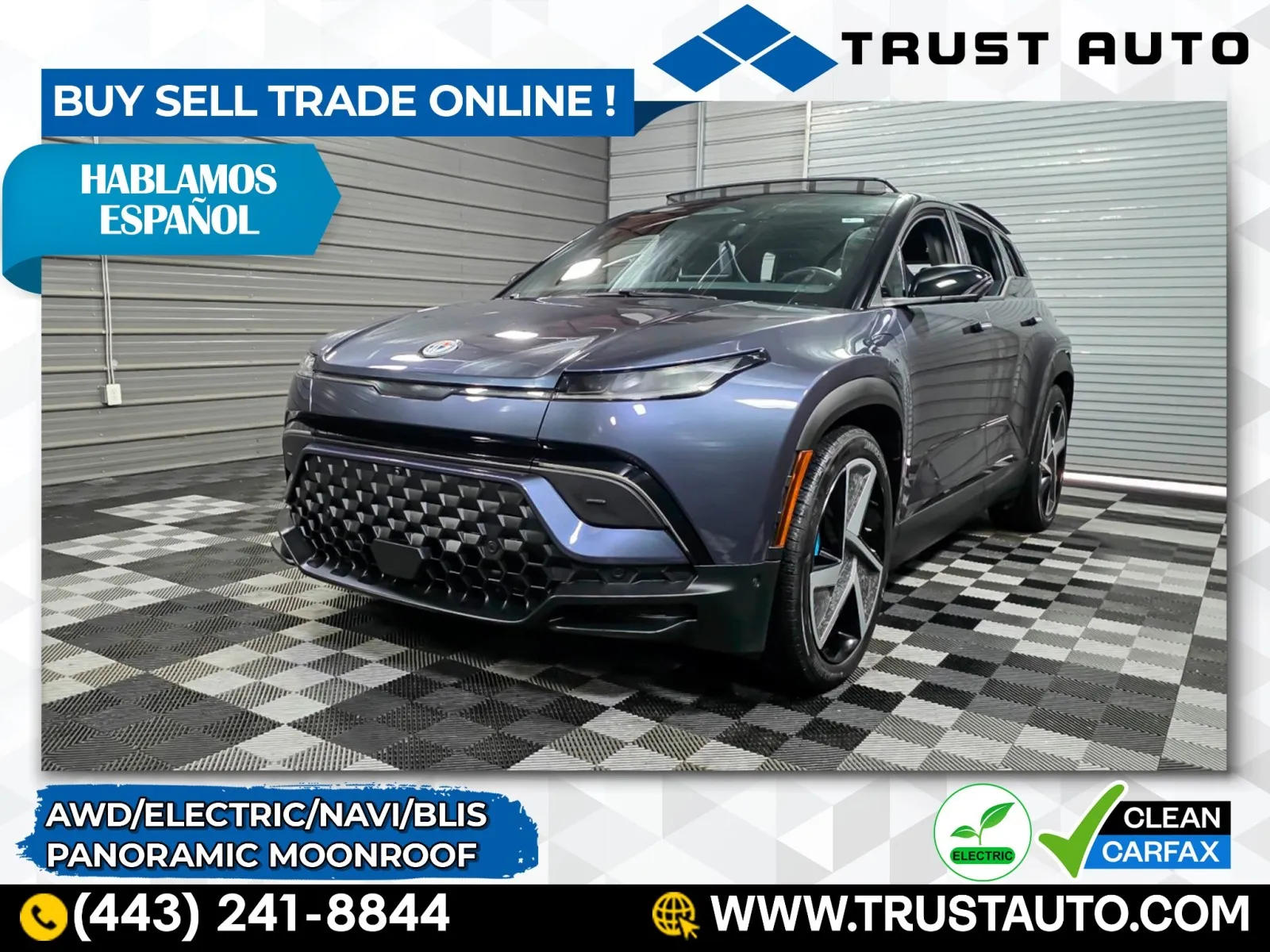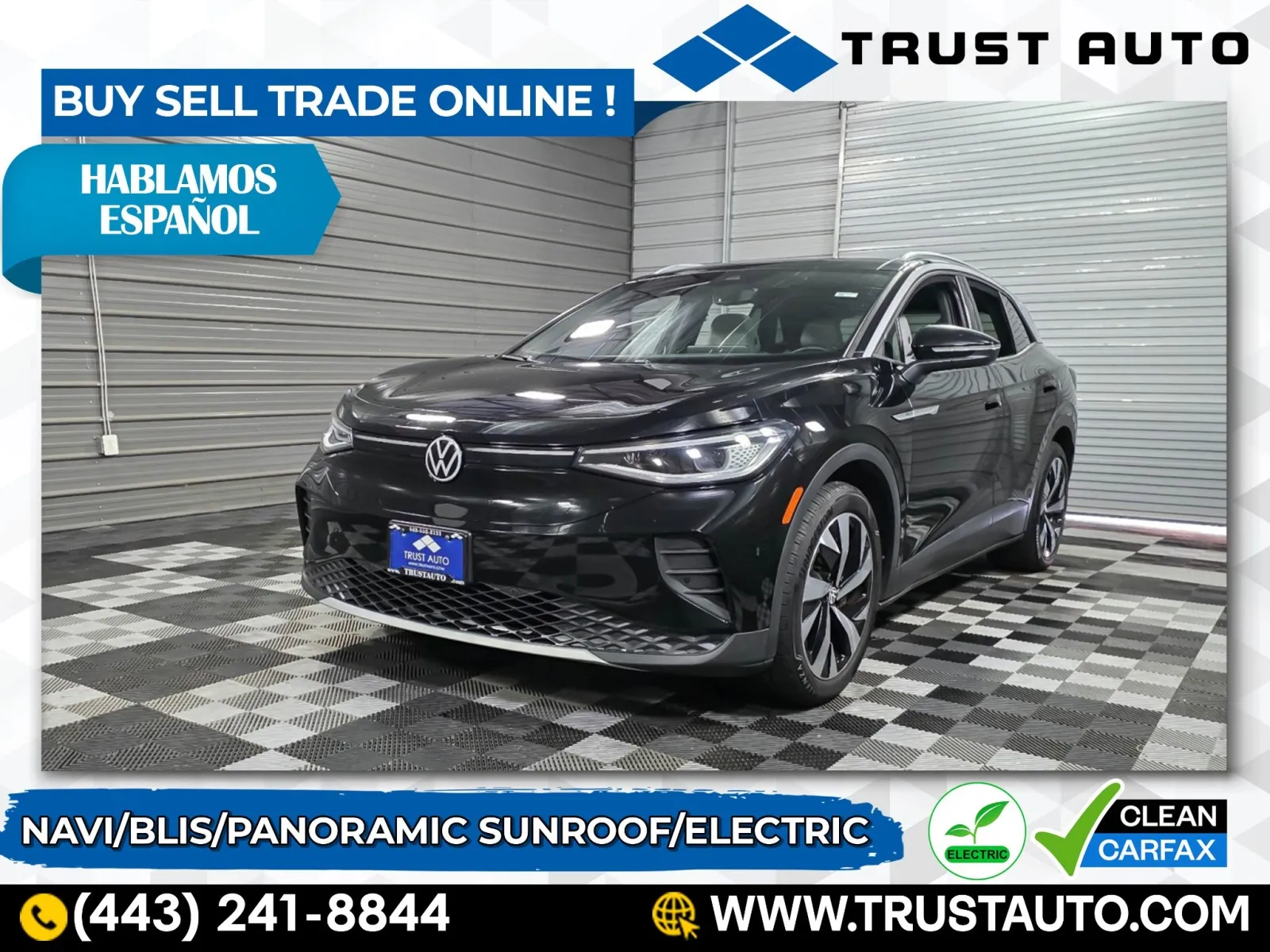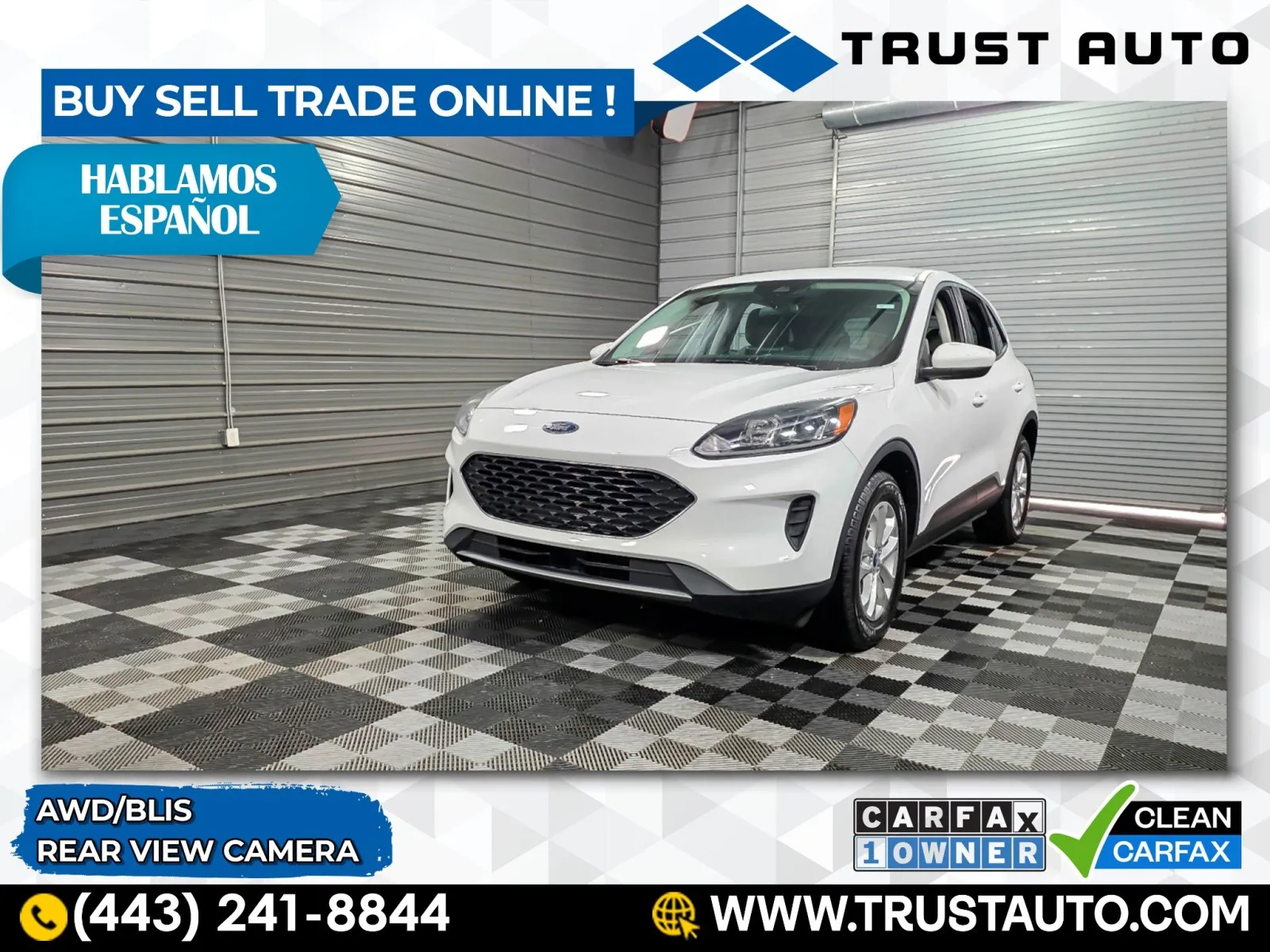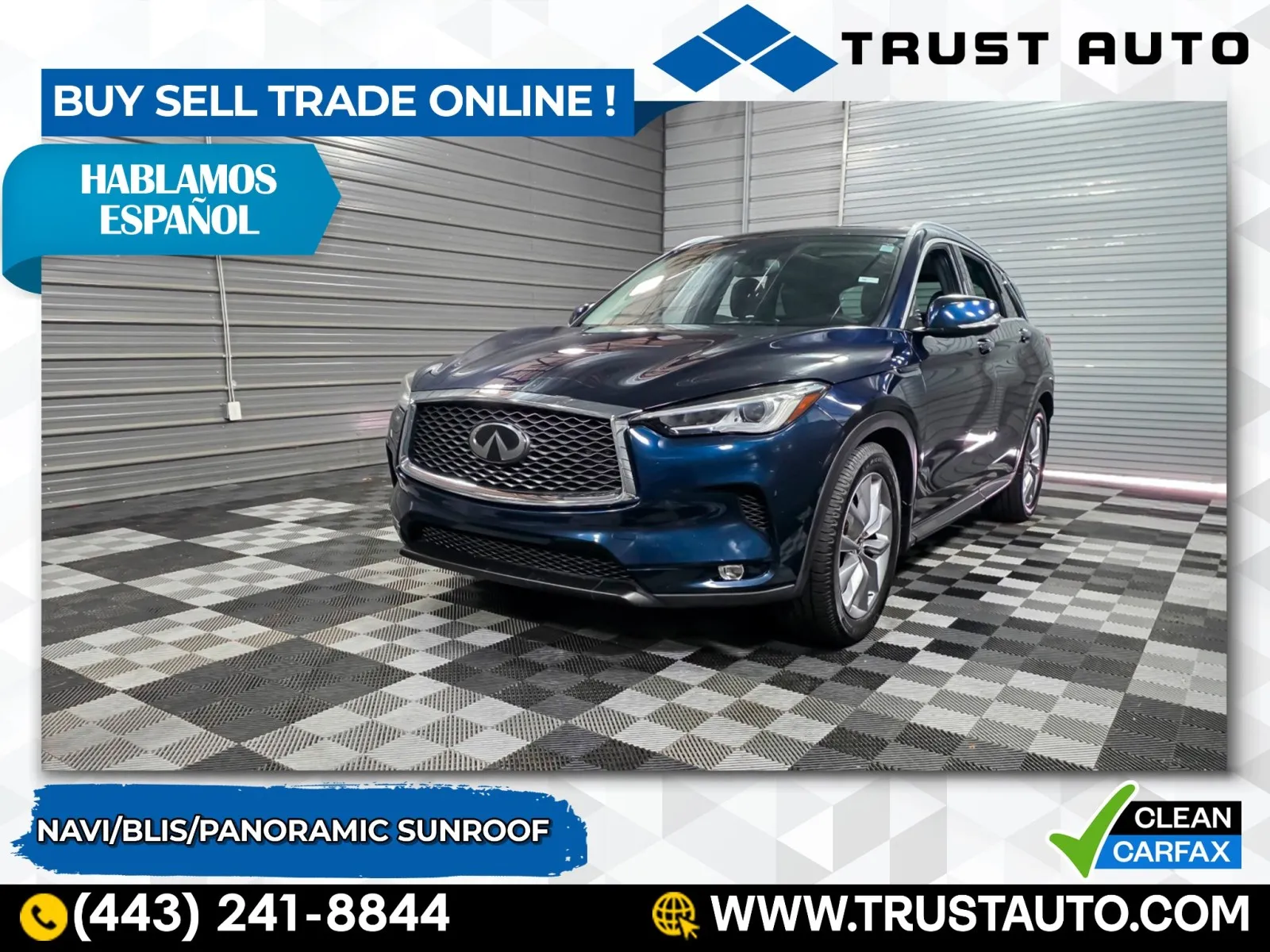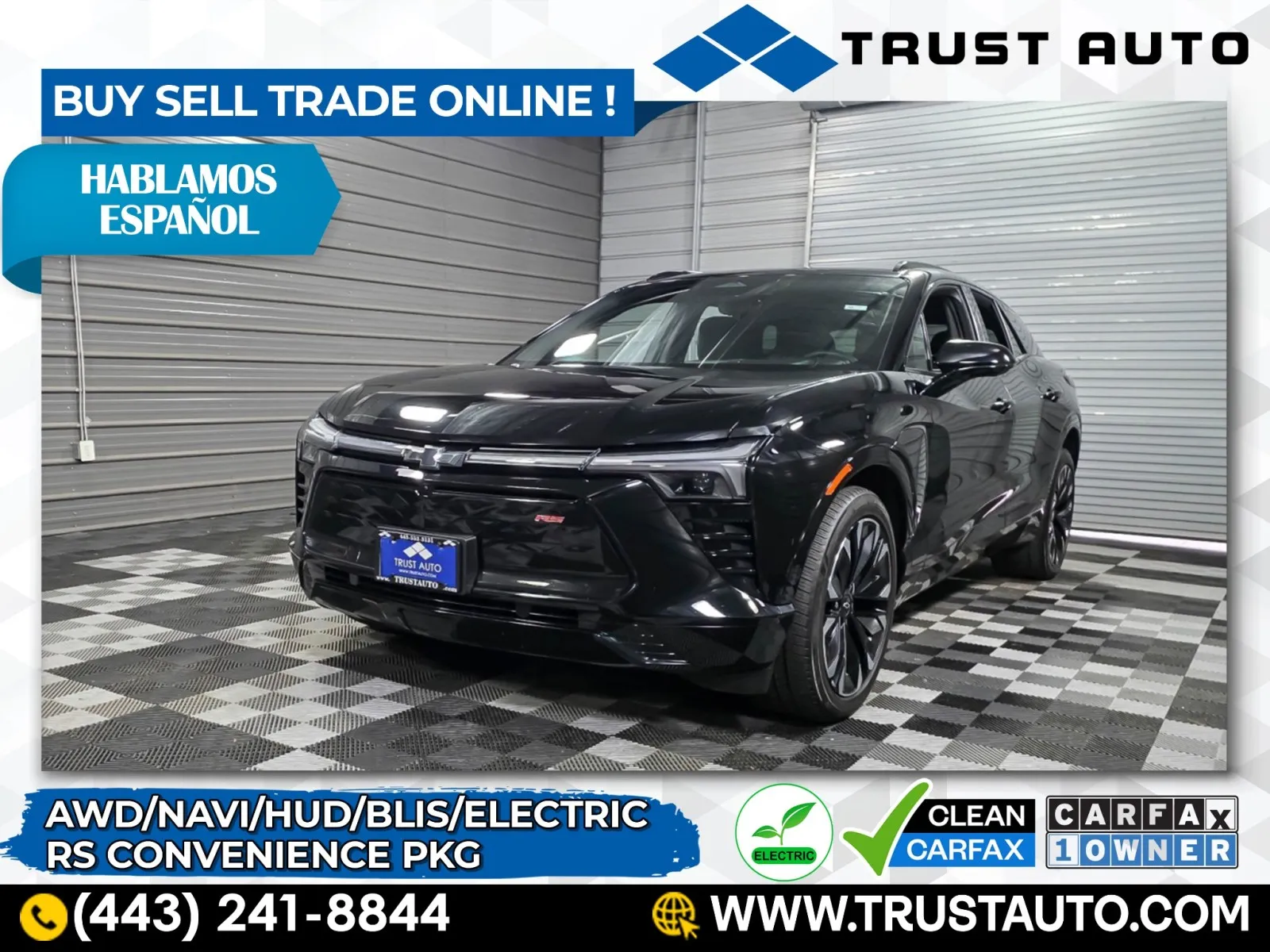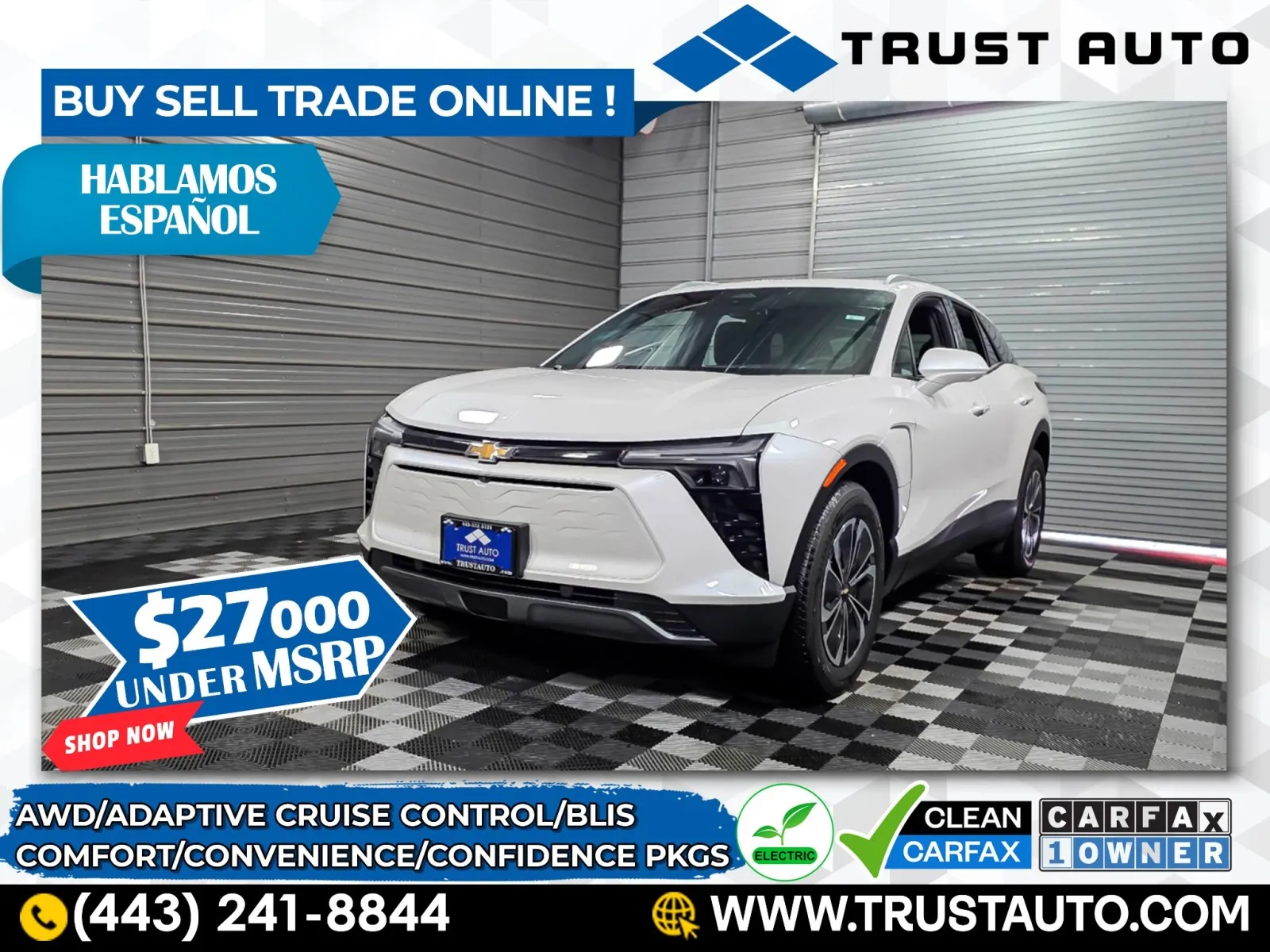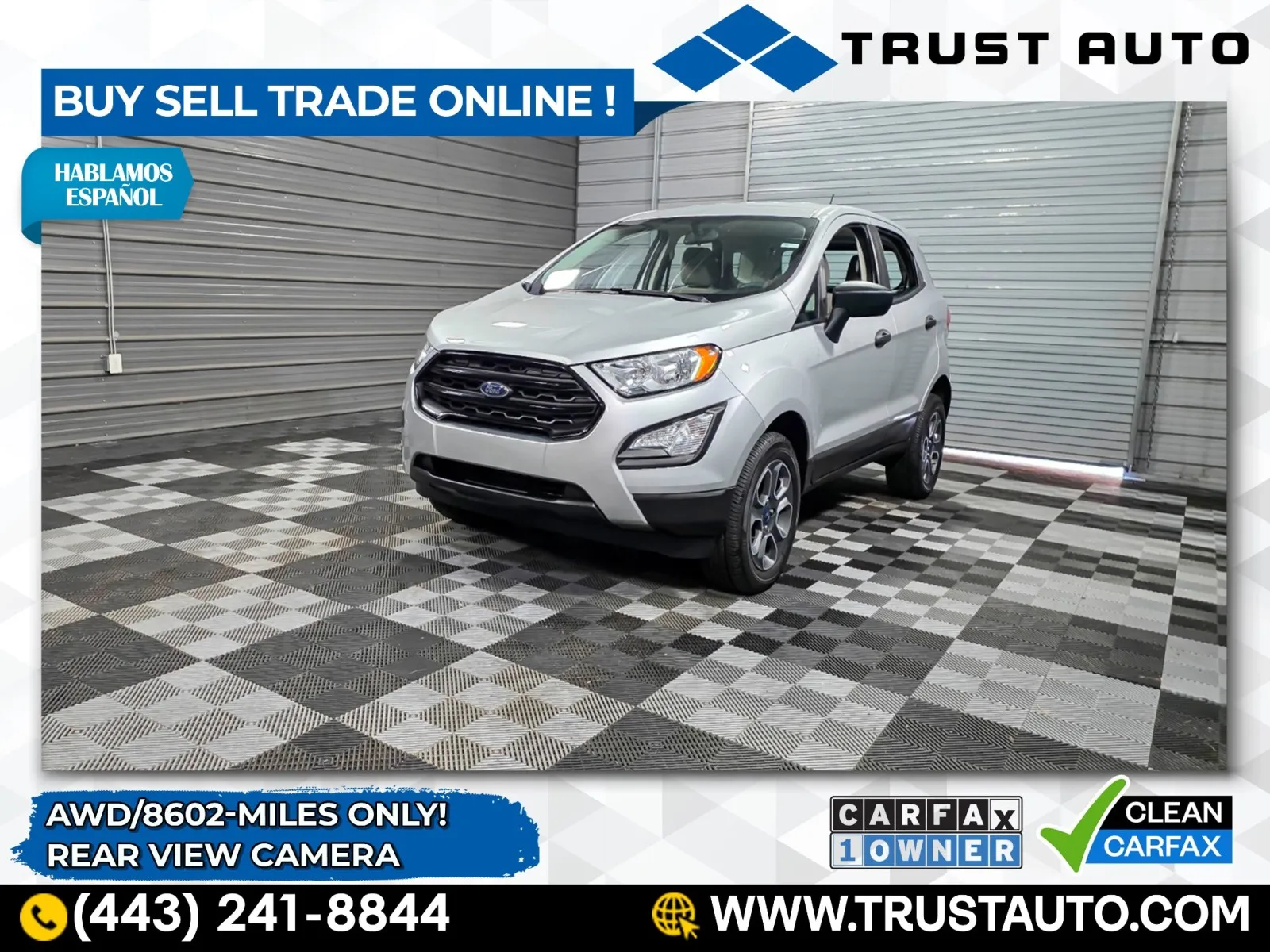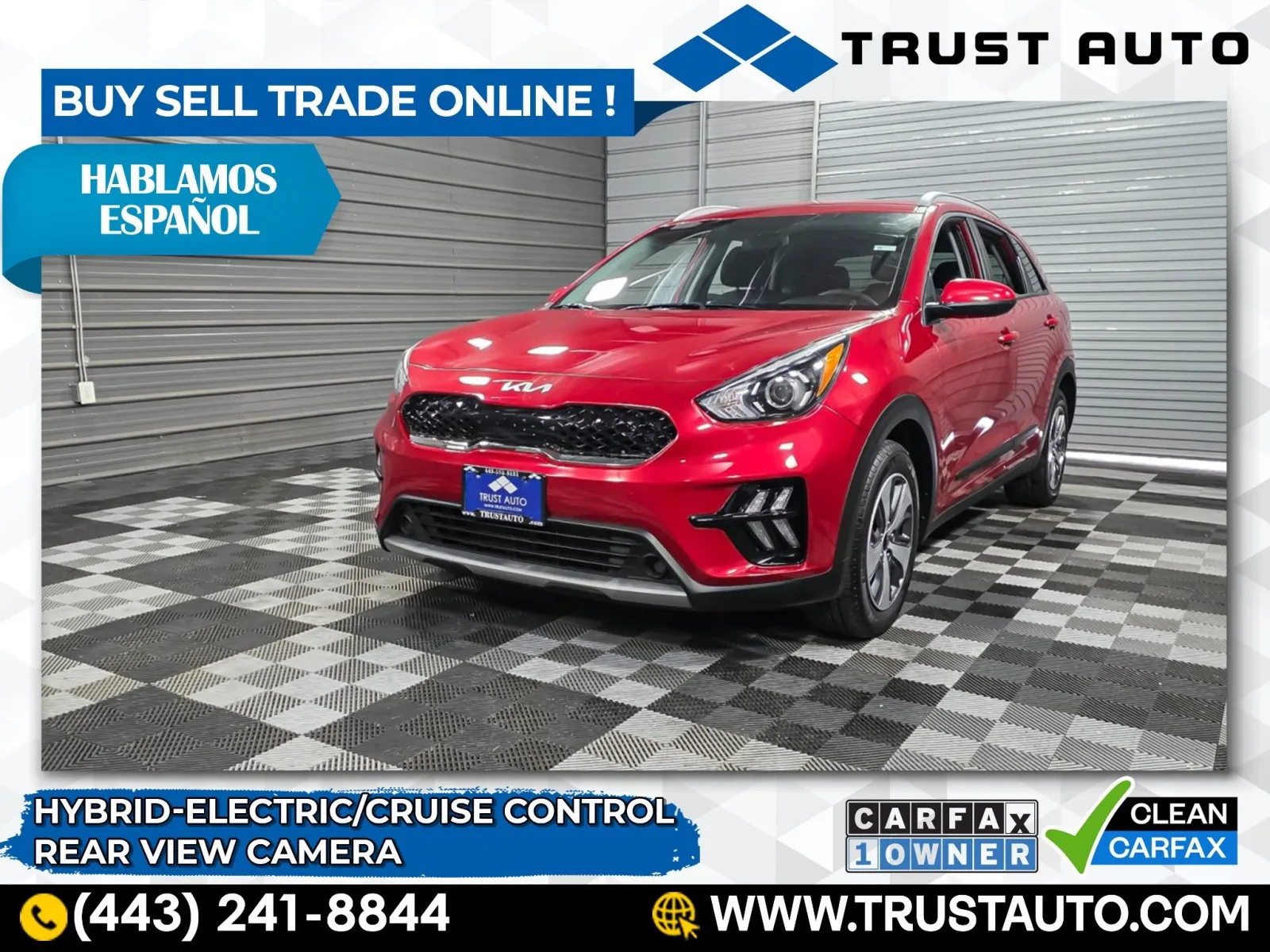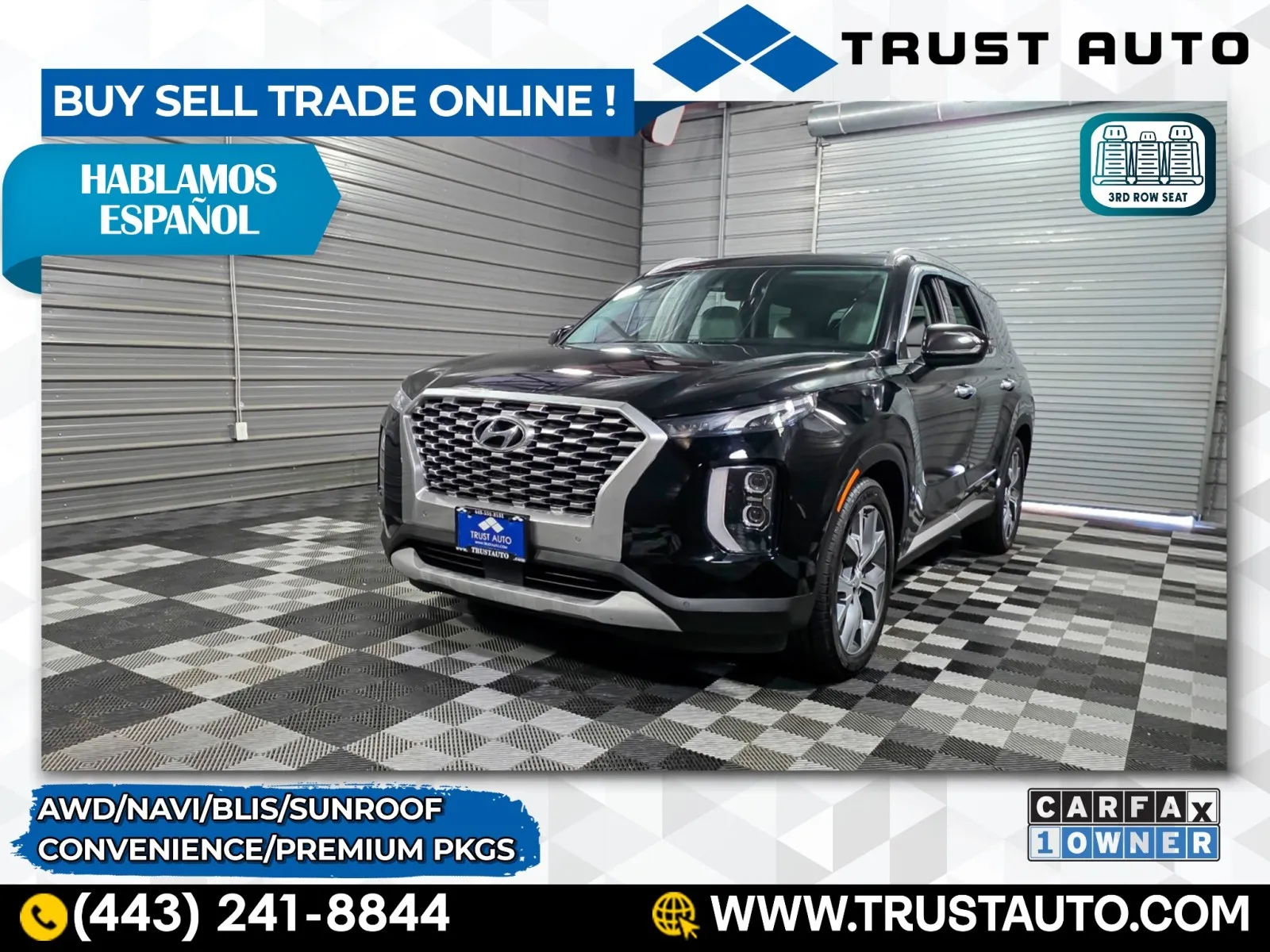Why We Love The 1967 Shelby Cobra (And You Should, Too)
Table of Contents
- Why We Love The 1967 Shelby Cobra (And You Should, Too)
- The Story Behind Carroll Shelby and the Birth of Shelby Cobra
- GM Say No, Ford Says Yes
- A Supercharged Shelby Cobra
- Shelby Cobra Continuation Cars
- Lesser-Known Things about the Shelby Cobra
- Crashes were common with the Shelby Cobra
- Not every Cobra is a Shelby
- Shelby made a hardtop Cobra
- Cobra Performance was better than Corvette
- Buying a Used Sports Car at Trust Auto

Why We Love The 1967 Shelby Cobra (And You Should, Too)
The American automotive industry has seen unique, unforgettable, and fast cars. But arguably the most legendary is the 1967 Shelby Cobra 427.
Considered an American Icon, the Shelby Cobra ruled at the top for years. Designed to be a high-performance roadster, the 427 offered 355 horsepower and 420 lb.-ft. of torque for the production variant. The Cobra was so powerful yet light that it could do 0-60 mph in just 4 seconds and hit 0-100 in 10.3 seconds. This was in 1967. Its speed and performance were so over-the-top at the time that it stayed unmatched for years.
What made the Cobra different was its raw power delivery and insane performance. The Cobra, to begin with, was bare-bones with just enough equipment to do the job.
It was kept low to the ground, the exhaust mufflers were on the sides, and the Cobra had a narrow body with an open top. All of which made you feel like you were sitting in a rocket that made the adrenaline flow with every accelerator push. The simple and pure sensation of driving a Shelby Cobra is what made it a legend.
And, just like every legend, the Shelby Cobra also has a story behind it.
The Story Behind Carroll Shelby and the Birth of Shelby Cobra
Caroll Shelby was born in Leesburg, Texas, in 1923. While Shelby didn’t have a remarkable childhood, he was a training pilot in World War Two. Shelby also worked with dump trucks, oil fields and ran a successful chicken farm. But the jobs were just ways to get by as his interest lied somewhere else.
Shelby always had a knack for racing. And while he had enough bucks for a sweet ride, he would borrow cars to race. And he would win thanks to his extraordinary race skills. In his racing career, Shelby was able to contend on the Bonneville Salt Flats, compete in Formula One, and even secure a win in Le Mans for Aston Martin.
Shelby had a fantastic racing career ahead, but he was sidelined by a heart condition that would cause chest pains while competing. With this limitation in place, he shifted from being behind the wheel to designing and building race cars.
And the right chance came along in 1953 when the owners of AC Cars decided to stop production of its ACE model. AC was a British specialty car manufacturer. Its two-seat ACE roadster had a bit of a Ferrari look and offered excellent driving dynamics, a great chassis, and an excellent potential to be a race car.
Shelby saw an opportunity to turn the ACE into a race car, so he reached out to AC and asked if it could modify the vehicle to handle a V-8 engine. The company agreed, so Shelby went to work looking for a power plant.
GM Say No, Ford Says Yes
After getting declined from Chevy, Shelby asked Ford to share their engines, and the folks at the Blue Oval agreed. Once the chassis arrived from AC, Shelby installed Ford’s lightweight 260 cubic-inch V-8 under the hood of the revised ACE. And thus, the Shelby Cobra was born.
That very first Shelby Cobra was able to produce 260 horsepower, and with a lighter 2100-lb body, the car could hit a 140 mph top speed. About 75 units were built between 1962-63 before the 289 Cobra was introduced. By replacing the old 260 with the larger 289 cubic-inch Ford, Shelby increased Cobra output by 11 horsepower.
While it didn’t make much difference for production models, the race variants could produce 370 horsepower. The newer 289 Cobra was far more successful; over 580 units were sold under the CSX 2000 label.
However, the need for more Cobra power became apparent. According to Ken Miles, a noted builder and a driver, a big-block V8 was the right choice to add the extra power. However, adding a bigger engine also required a bigger chassis.
The result was a tubular chassis that was 5-inches wider and sitting on coil suspension. The body was given a flared fender to fit the wider wheels and modified for a bigger radiator. The production of the 427 Cobra started in 1965 was available in two models.
The street-legal production model was limited to 355 horsepower and could hit a 164 mph top speed. On the other hand, the competition model offered 485 horsepower and was capable of reaching 185 mph. The Shelby Cobra 427 was sold with the CSX 3000 series label, a total of 348 units sold in two years.
A Supercharged Shelby Cobra
Shelby also made two Super Snake variants of the 427, which were basically road-legal versions of the 427 Competition roadster. Equipment included racing headers, upgraded brakes, a modified rear end, and twin Paxton superchargers that boosted output to 800 horsepower.
Today, the Super Snakes are among the most coveted original Shelby cars. One example fetched $5.5 million at a Barret Jackson’s Scottsdale auction in May 2021. But modern demand for the Shelby Cobra far exceeded consumer interest during the company’s earlier days. Despite the success of Shelby’s Cobra on the track, it wasn’t much success in the market. With AC suffering from financial problems, they refused to build the body for the Cobra. As a result, the Shelby Cobra also gained notoriety as a financial failure; the plug was pulled in 1967.
However, the value of the Shelby name and the impact of Cobra in the automotive racing world wouldn’t let the Cobra die entirely.
Shelby Cobra Continuation Cars
By the time the 1980s rolled around, Shelby had worked out a deal with AC Cars to produce a new Cobra series. Dubbed “Continuation Cars,” these new Cobras looked like the original version but embraced more modern technology.
Initially produced in Las Vegas, the very first continuation car was the Cobra 427 S/C made as part of the CSX 4000 series. The chassis was built by Shelby’s personal mechanic, Mike McCluskey, who used reconditioned parts for the initial build.
By 2009, over 1000 CSX 4000 series chassis were made with parts obtained from different suppliers.
In 2014, Shelby American also produced 50 limited edition Shelby Cobra 427 for the 50th anniversary of Cobra. The company still has a variety of Shelby Cobra continuation cars, with models starting around $95,000 without the engine or transmission.
Lesser-Known Things about the Shelby Cobra
Crashes were common with the Shelby Cobra
The original Shelby Cobras were blessed with high-performance race car components. This rawness and power made the car appealing to purists, but this focus on speed meant that stopping power was ignored. This made the Cobra very hard to control on the streets and led to inevitable accidents.
Not every Cobra is a Shelby
Thanks to seven-figure price tags for some original Cobras, it’s no surprise to see the introduction of unauthorized Cobras. Sometimes called replicas or tributes, these unapproved copies may look authentic, but they are not. You’ll frequently find a Chevy engine under the hood, too.
Shelby made a hardtop Cobra
While most Shelby Cobras were open-top, Shelby also made hardtop variants called Shelby Cobra Daytona Coupe. Using the AC ACE coupe as inspiration, Shelby brought in the Daytona Coupe in 1964. A continuation car version of the Daytona Coupe is available from the company.
Cobra Performance was better than Corvette
By the 1960s, the Chevrolet Corvette had hit its stride, and sales started to take off. This is what led Shelby first to approach General Motors for the Cobra’s power plant. Not wanting to create competition for Chevy’s sports car, GM said no. But, thanks to Ford’s engine and Shelby’s engineering prowess, the Cobra easily outperformed the Vette.
Buying a Used Sports Car at Trust Auto
A Shelby Cobra is hard to come by and very pricey, but don’t let these factors prevent you from scratching your sports car itch. At Trust Auto in Sykesville, Maryland, you’ll find a broad selection of performance cars, including models from Porsche , Nissan , Ford , and Chevrolet . Check out our entire online inventory of premium used cars, SUVs, and trucks.
Searching for a used car in Randallstown? Purchasing a used SUV in Eldersburg? Discover the best-used cars for sale out of our nearby dealership that’s also convenient to Virginia and Washington, DC. Looking for a used car in Pennsylvania? Shopping for a used crossover in New York? Trust Auto’s virtual shopping experience can bring the ideal vehicle to your door. Remote shopping is perfect if you’re local, like from Baltimore, Columbia, or Towson, MD.
Why spend time searching for cars for sale by the owner? Just visit Trust Auto for an easy and hassle-free shopping experience and an extensive selection of premium vehicles. Call, click, or visit today.


